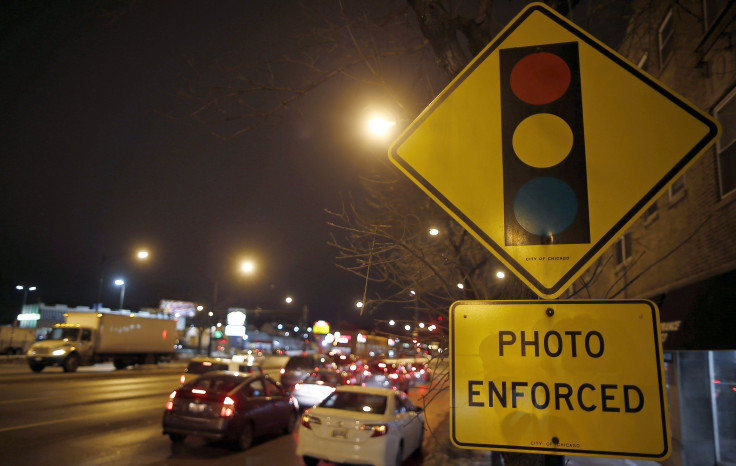Watch 2016's Worst Red-Light Runners From ATS

As 2016 comes to an end, American Traffic Solutions (ATS) released Wednesday a compilation of the year’s worst red-light running crash videos to make drivers realize how dangerous they can be.
The clips were gathered from ATS red-light safety cameras in operation in communities throughout the country.
Drivers running red lights cause an average of two deaths and more than 340 injuries every day in the U.S., according to the ATS.
“Seeing is believing, and ATS urges drivers to watch this public service video and recognize the danger red-light running presents,” said Liz Caracciolo, ATS Safety General Manager. “When drivers ignore a red light, they put themselves and innocent pedestrians, motorcyclists, bicyclists, other drivers and passengers at great risk. ATS urges all drivers to choose safety over recklessness and stop on red.”
Safety Cameras
Red-light safety cameras have had a significant impact on traffic safety. In 2014, the Insurance Institute for Highway Safety found red-light cameras in 79 large U.S. cities saved more than 1,200 lives. The study also concluded that the rate of red-light running deaths jumped 30 percent in cities that had turned off their cameras, while those that had them on saw red-light running fatalities decreased by 21 percent.
“The collisions captured by our road safety cameras can be avoided,” Caracciolo said. “For your own safety, ATS encourages all drivers to abide by traffic laws and stop on red.”
2015’s Troubling Traffic Deaths Numbers
Last year, the U.S. saw its highest one-year percentage increase in traffic deaths in 50 years, according to 2015 data released February by the National Safety Council (NSC). Auto fatalities were eight percent higher than in 2014.
The NSC said 2015 was the deadliest driving year since 2008, with an estimated 38,300 people were killed on U.S. roads and 4.4 million were seriously injured.
"These numbers are serving notice: Americans take their safety on the roadways for granted," Deborah A.P. Hersman, NSC president and CEO, said earlier this year. "Driving a car is one of the riskiest activities any of us undertake in spite of decades of vehicle design improvements and traffic safety advancements. Engage your defensive driving skills and stay alert so we can reverse this trend in 2016."
Tips for Drivers’ Safety:
NSC recommends drivers to follow these tips.
Make sure every passenger buckles up on every trip.
Designate an alcohol- and drug-free driver or arrange alternate transportation.
Get plenty of sleep and take regular breaks to avoid fatigue.
Never use a cell phone behind the wheel, even hands-free.
Stay engaged in teens' driving habits, as teens are three times as likely to crash as more experienced drivers.
Learn about your vehicle's safety systems and how to use them. My Car Does What can help drivers understand features such as adaptive cruise control, blind spot warning systems and backup cameras.
© Copyright IBTimes 2025. All rights reserved.



















